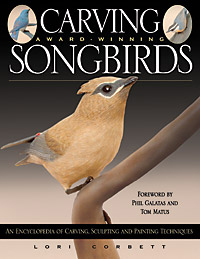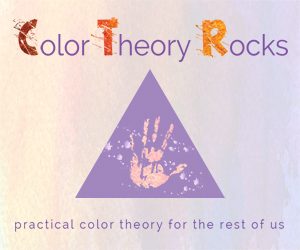A Little About “Fun Bird Facts”
So, I’ve dug into my books and notebooks, and offer up these nuggets of knowledge for your perusal and edification.
There are a couple of categories: bird trivia, and what the Latin, Greek, Latin/Greek, or other language, names mean in English.
I’ll be posing something cool several times a week, so have fun, and amaze your friends and family with your arcane knowledge

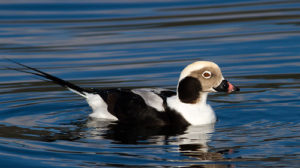
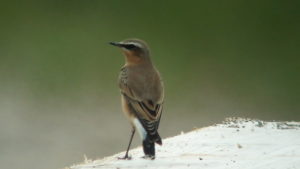
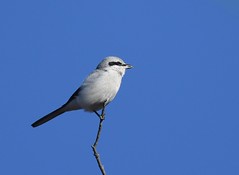
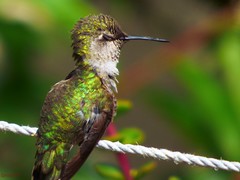
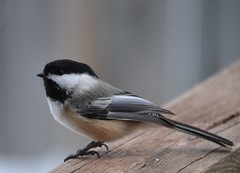
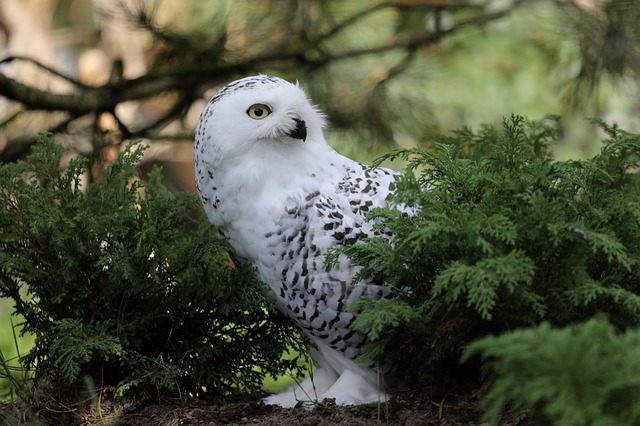
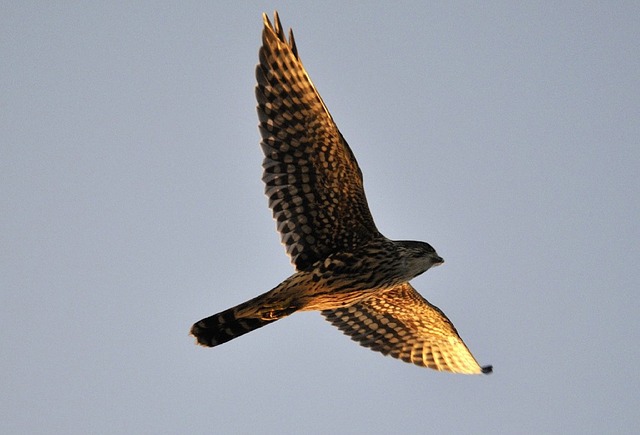
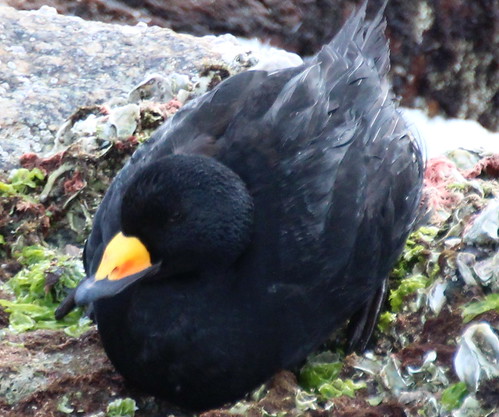
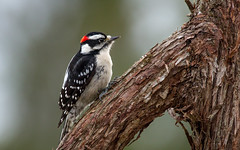
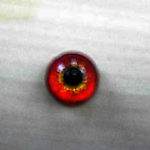 This is an older tutorial, so please pardon the photo quality (old technology). I still think it could be helpful to those who are considering painting their own eyes. I’m demonstrating a canvasback drake, but the steps still apply to any specie.
This is an older tutorial, so please pardon the photo quality (old technology). I still think it could be helpful to those who are considering painting their own eyes. I’m demonstrating a canvasback drake, but the steps still apply to any specie.



